Another Perspective on the Safety of Lithium Iron Phosphate Lithium Battery
The security issue is power lithium ion battery one of the most concerned problems in the use of electric vehicles has many influencing factors, including a series of problems such as positive and negative electrode materials, diaphragm, electrolyte, battery design and power management system. At present, the safety tests and evaluations of lithium ion batteries are sampling and conducting various safety tests on finished batteries under different abuse states, the excellent safety performance of lithium iron phosphate materials and lithium iron phosphate batteries are also tested under these conditions. A more important factor related to the safety of lithium ion batteries is the possibility of short circuit and the higher probability of short circuit due to materials and internal reasons of batteries. However, the lithium secondary battery with metal lithium as negative electrode is abandoned because of the safety problem of internal short circuit caused by the generation of lithium crystals piercing the diaphragm during charging and discharging.
It is generally believed that lithium ion batteries are safe under normal use, which can also be seen from Toyota Corporation of Japan using nickel compounds which are considered to be the worst safe in the industry as cathode materials. Although the thermal stability and structural stability of lithium iron phosphate materials are the highest among all cathode materials in terms of thermodynamics, and are also verified in actual safety performance tests, however, judging from the possibility and probability of short circuit in materials and batteries, it may be the most unsafe.
First of all, from the preparation of materials, the solid phase sintering reaction of lithium iron phosphate is a complex heterogeneous reaction (although some synthesis technologies claim to be liquid phase synthesis processes, however, the process of high-temperature solid-phase sintering is finally required), including solid-phase phosphate, iron oxide and lithium salt, carbon precursor and reducing gas phase. In order to ensure that the iron element in lithium iron phosphate is positive divalent, the sintering reaction must be carried out in a reducing atmosphere, while the relatively strong reducing atmosphere is in the process of reducing trivalent iron ions to positive divalent iron ions, there is the possibility of further reducing the positive divalent iron ions to trace elemental iron. Elemental iron can cause micro short circuit of the battery, which is the most taboo substance in the battery. This is also one of the main reasons why Japan does not apply lithium iron phosphate to power lithium ion batteries. In addition, a solid phase reactionThe remarkable feature is the slow and inthoroughness of the reaction, which makes it possible to have trace fe203 in lithium iron phosphate, argonne Laboratory in the United States attributed the defect of poor high-temperature cycling of lithium iron phosphate to the dissolution of fe203 in the charging and discharging cycle and the precipitation of elemental iron on the negative electrode. In addition, in order to improve the performance of lithium iron phosphate, the particles must be nano-sized. However, one of the remarkable features of nanomaterials is low structural stability, thermal stability and high chemical activity, which also increases the probability of iron dissolution in lithium iron phosphate to some extent, especially under the condition of high temperature circulation and storage. The experimental results also show that the existence of iron element is tested by chemical analysis or energy spectrum analysis on the negative electrode.
From the aspect of preparation of lithium iron phosphate battery, because lithium iron phosphate nano-sized particles are small and the specific surface area is high, and because carbon coating process is adopted, activated carbon with high specific surface area has a strong adsorption effect on gases such as moisture in the air, resulting in poor electrode processing performance and poor adhesion of binder to its nanoparticles. No matter in the process of battery preparation or in the charge and discharge cycle and storage of the battery, nanoparticles are easy to detach from the electrode, causing micro short circuit inside the battery.
As far as we know, the short circuit rate of lithium iron phosphate battery is relatively high both in the manufacturing process of battery manufacturers and in the use process of consumers. Battery manufacturers often start from the battery preparation process to find problems, but they often do not know the problem of short circuit caused by internal causes of lithium iron phosphate materials. The 18650-type lithium iron phosphate battery of A123 in the United States caught fire and exploded on an electric car several years ago, when the car was driving on the highway. The result of the later investigation was that the screw of the wiring was not tightened, which caused the overheating to cause the battery to fire and explode. However, we think it is more likely to cause fire and explosion due to the short circuit inside the battery. It is doubtful that the heat generated by the external local screw not being tightened will cause such a serious fire and explosion of 18650-type lithium battery.
 Dongguan Juneng New Energy Technology Co., Ltd.
Dongguan Juneng New Energy Technology Co., Ltd.
 137 5142 6524(Miss Gao)
137 5142 6524(Miss Gao)
 susiegao@power-ing.com
susiegao@power-ing.com
 Xinghuiyuan High tech Industrial Park, Dalang Town, Dongguan City, Guangdong Province
Xinghuiyuan High tech Industrial Park, Dalang Town, Dongguan City, Guangdong Province


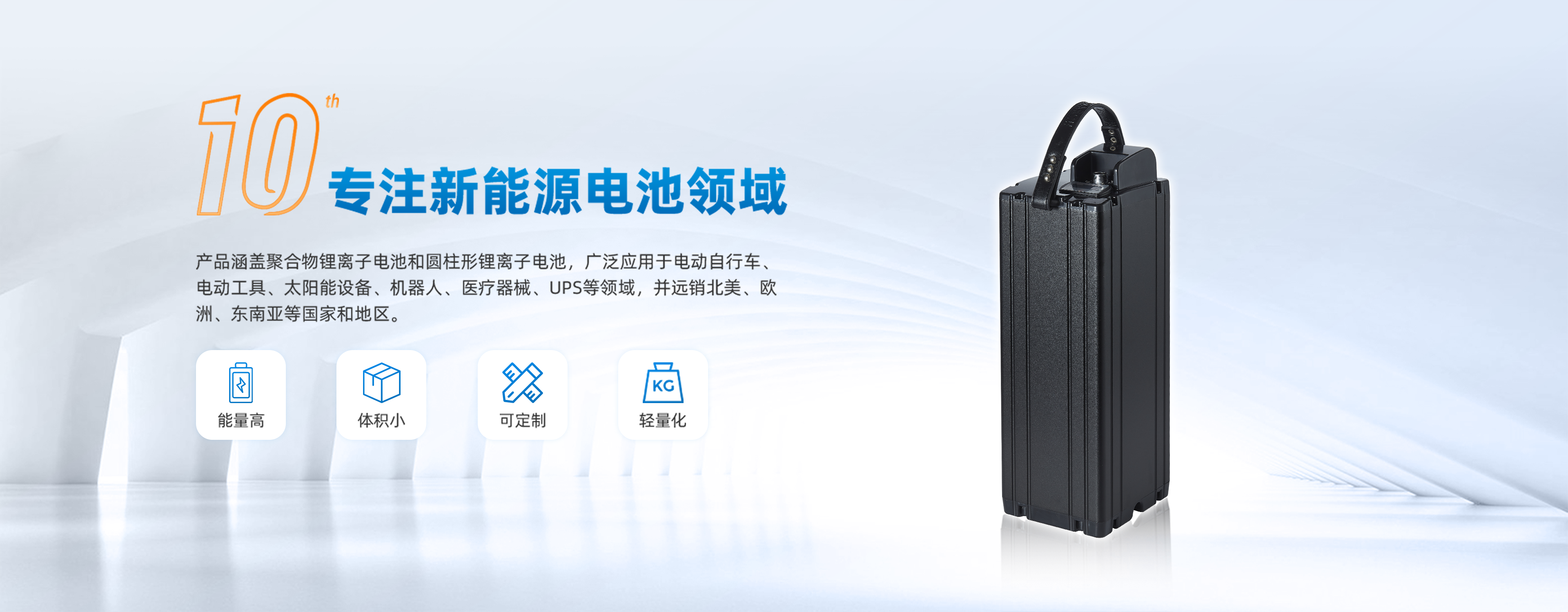
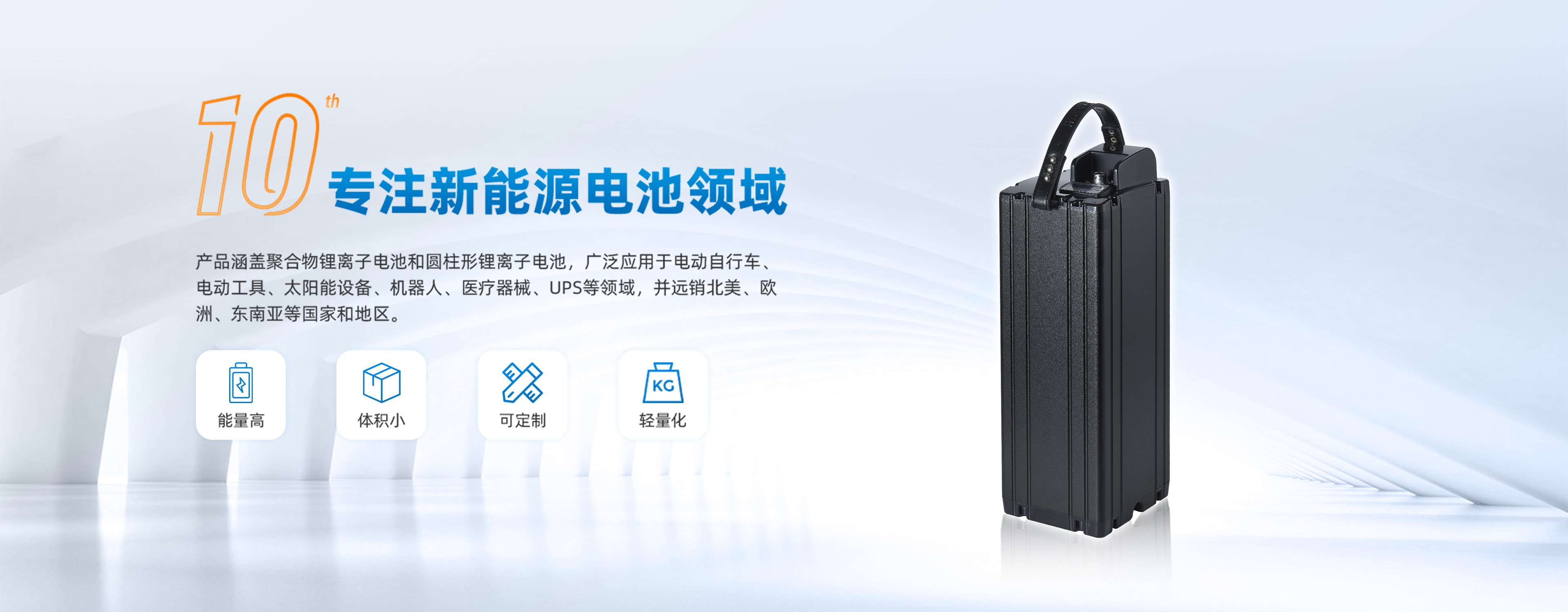
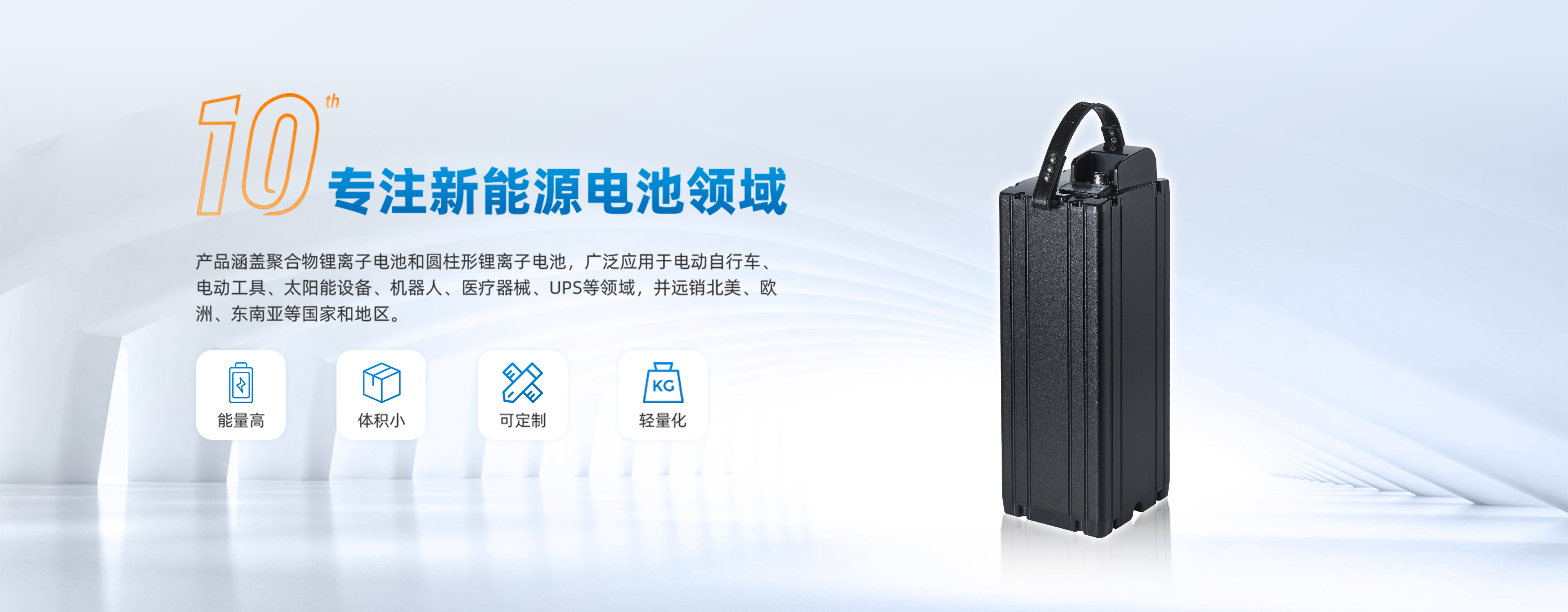



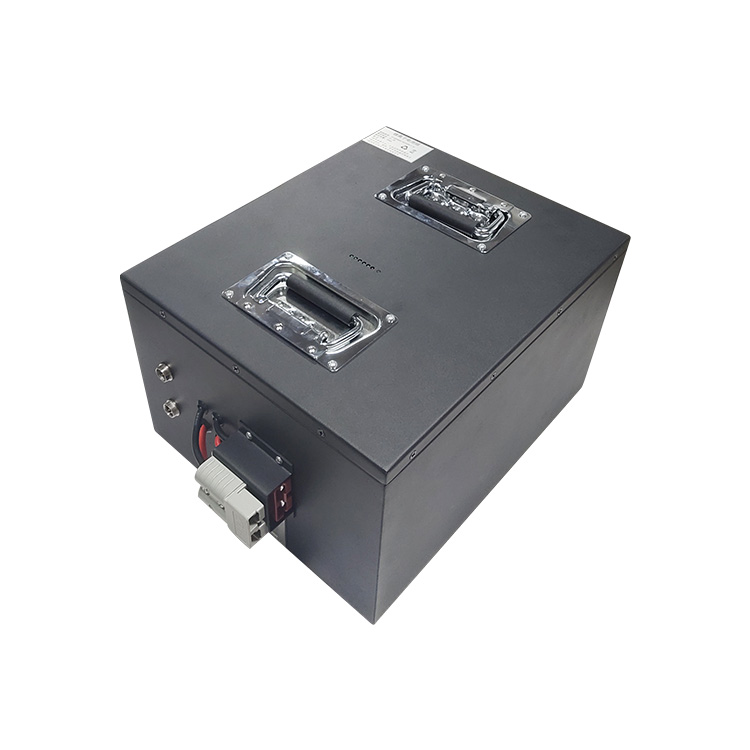


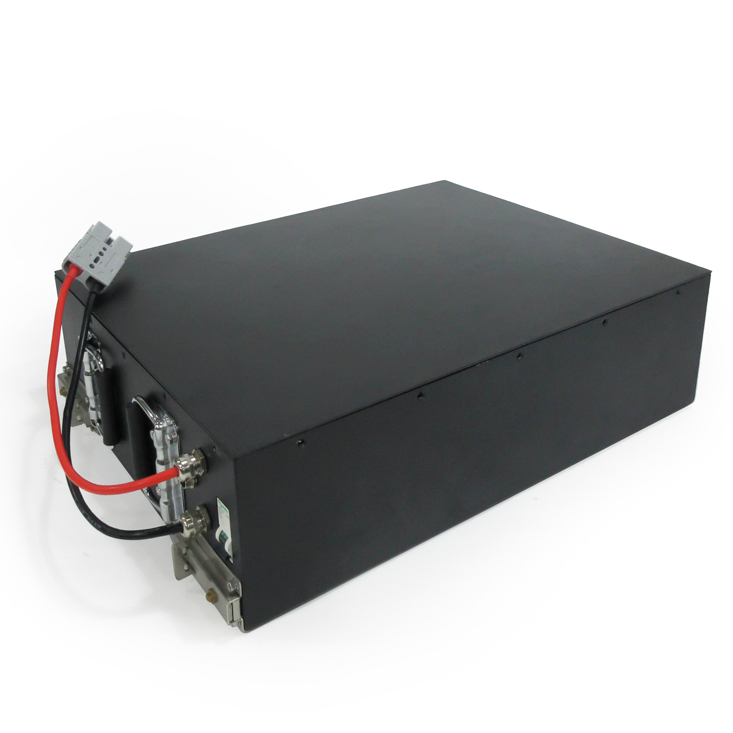

 Yue Gong Wang An Bei No. 4419002007491
Yue Gong Wang An Bei No. 4419002007491